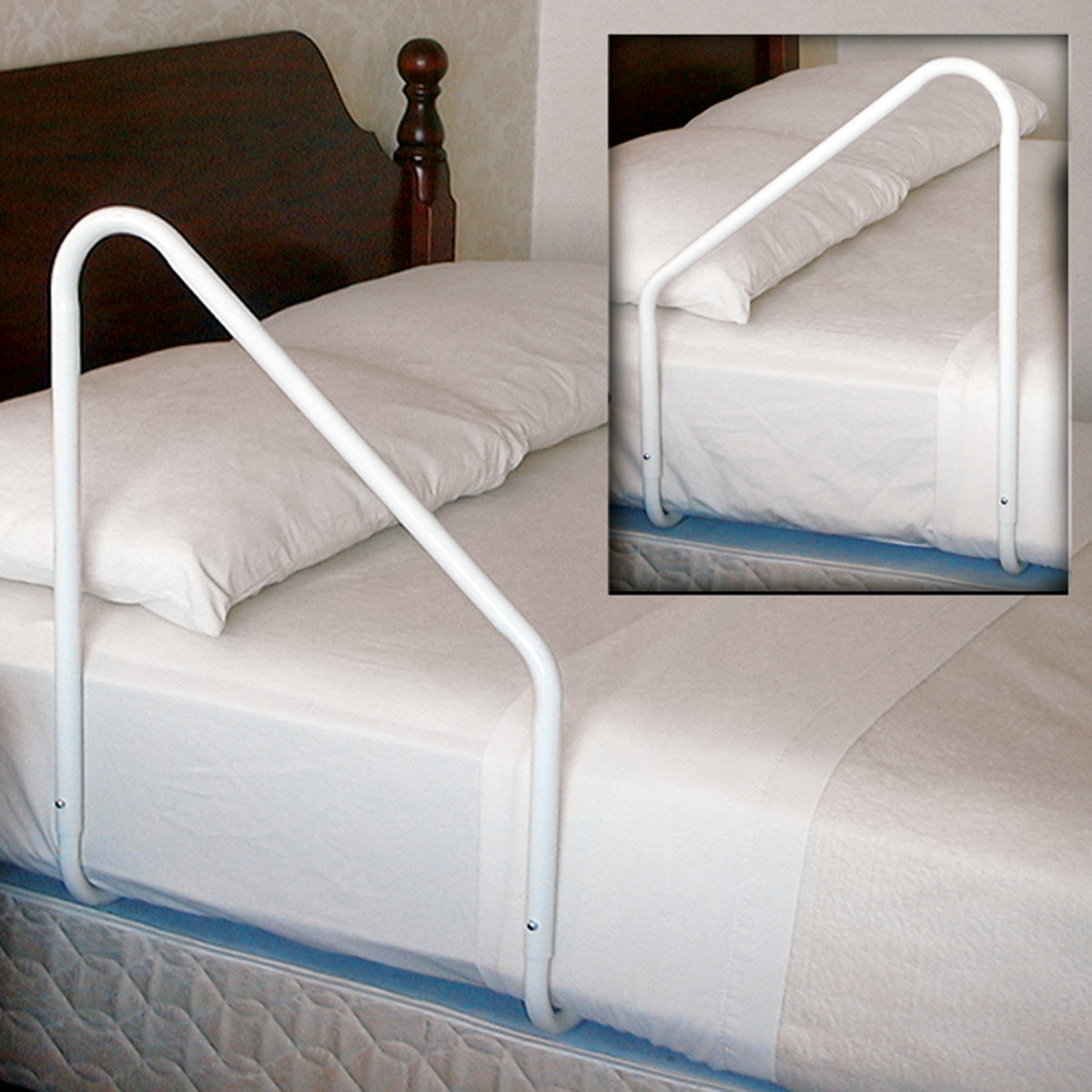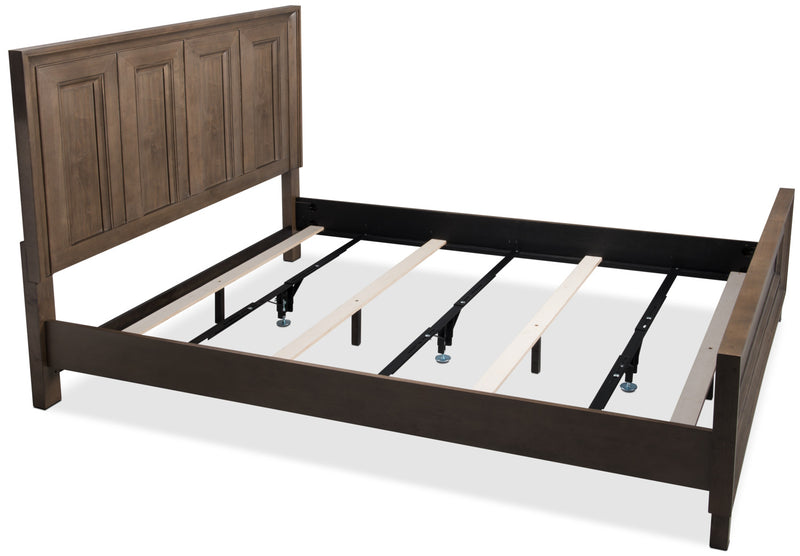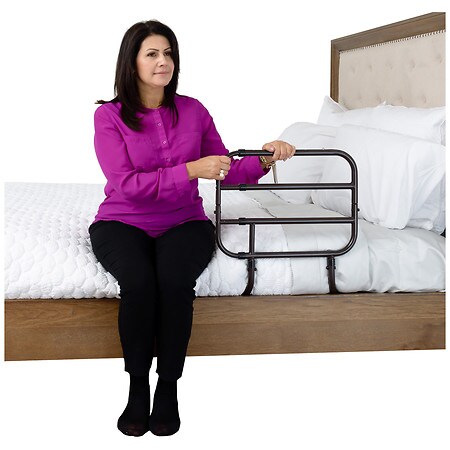

Feathers were used towards the end of the Republic, when custom demanded luxury. Īncient Roman mattresses were stuffed with reeds, hay, or wool. The poem's author, Homer, also mentions the inlaying of the woodwork of the bed with gold, silver, and ivory. The Odyssey, an ancient Greek epic poem, describes the bed of its protagonist, Odysseus, and explains that he crafted the bed for himself and his wife, Penelope, out of a huge olive tree trunk that used to grow on the spot.

2500 BCīeds found in a preserved northern Scottish village, which were raised boxes made of stone and likely topped with comfortable fillers, were dated to between 3200 BC and 2200 BC. The stone-built settlement was inhabited between c. Europe These stone boxes in Skara Brae are thought to have held bedding.

The bedding consists of sedge and other monocotyledons topped with the leaves of Cryptocarya woodii. Sub-Saharan Africaīedding dated around to 3600 BC was discovered in Sibudu Cave, South Africa. In the Miocene period, lasting from twenty-three to five million years ago, before the emergence of humans, apes began creating beds composed of a sleeping platform including a wooden pillow. An important change was raising them off the ground, to avoid drafts, dirt, and pests. a heap of palm leaves, animal skins, or dried bracken). Ancient history Tutankhamun's gilded bed from the 14th century BC, a bier from his tomb, fashioned to resemble the goddess Sekhmet, the fierce lioness who was the protector of the kings in life and death, Cairo MuseumĮarly beds were little more than piles of straw or some other natural material (e.g. They speculate that insect-repellent plants and ash layers, sometimes due to burned older grass beddings, found beneath the bedding have been used for a dirt-free, insulated base and to keep away arthropods. In August 2020 scientists reported the discovery of the oldest grass bedding from at least 200,000 years ago, much older than the oldest previously known bedding. : 674–5 vol1 Later innovations made bedframes more portable, and increased their importance. The bedframe, even when present, supported the bed, but was not considered part of it. This pile of mattresses, and the sheets, blanket, and pillows, was what early Europeans called a "bed" it might be packed away during the day (a usage which survives in words like featherbed). In Europe, mattresses were stuffed with straw, chaff, animal hair (for instance horsehair, used for its resilience), coarse wool, or down feathers, and stacked, softest topmost. Bedding is the removable non-furniture portion of a bed, which enables these components to be washed or aired out. Some form of covering blanket is often used to insulate the sleeper, often bed sheets, a quilt, or a duvet, collectively referred to as bedding. To support the head, a pillow made of a soft, padded material is usually placed on the top of the mattress. "Headboard only" beds may incorporate a "dust ruffle", "bed skirt", or "valance sheet" to hide the bed frame. Other beds are made specifically for animals.īeds may have a headboard for resting against, and may have side rails and footboards. Some beds contain neither a padded mattress nor a bed frame, such as the hammock. Temporary beds include the inflatable air mattress and the folding camp cot. While most beds are single mattresses on a fixed frame, there are other varieties, such as the murphy bed, which folds into a wall, the sofa bed, which folds out of a sofa, the trundle bed, which is stored under a low, twin-sized bed and can be rolled out to create a larger sleeping area, and the bunk bed, which provides two mattresses on two tiers as well as a ladder to access the upper tier. Beds are available in many sizes, ranging from infant-sized bassinets and cribs, to small beds for a single person or adult, to large queen and king-size beds designed for two people.

Many beds include a box spring inner-sprung base, which is a large mattress-sized box containing wood and springs that provide additional support and suspension for the mattress. The mattress rests either on a solid base, often wood slats, or a sprung base. Most modern beds consist of a soft, cushioned mattress on a bed frame. For other uses, see Bed (disambiguation).īedroom on the Detmold Open-air Museum premisesĪ bed is an item of furniture that is used as a place to sleep, rest, and relax.


 0 kommentar(er)
0 kommentar(er)
